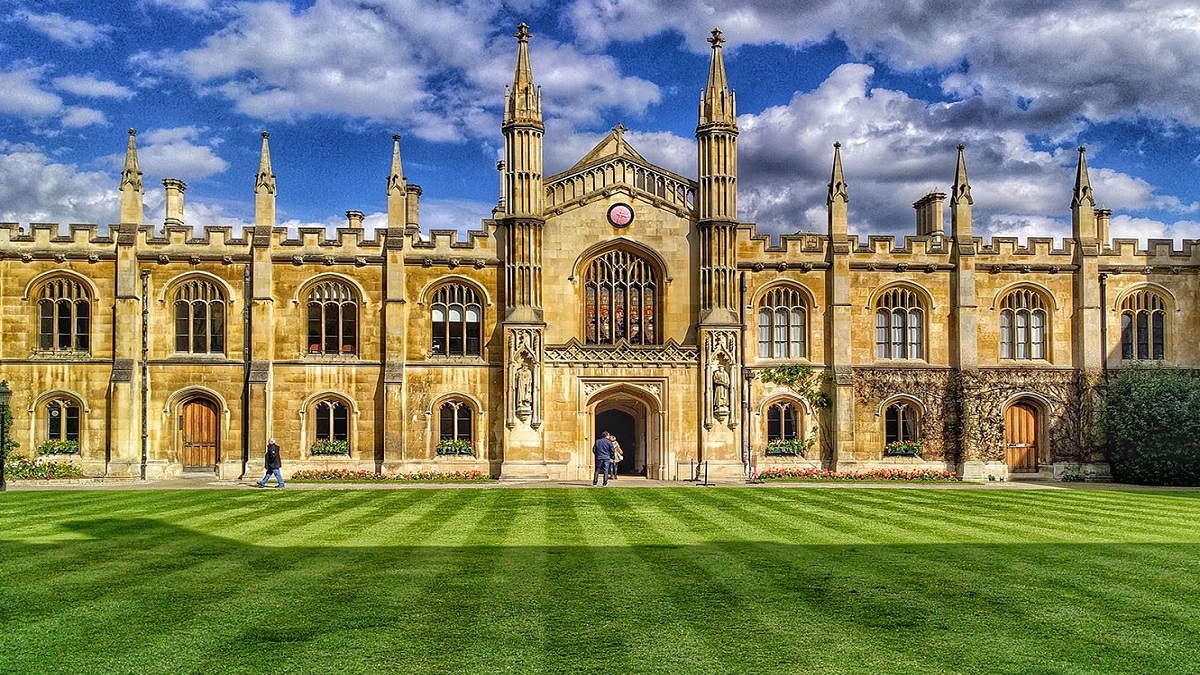- Courses
- GS Full Course 1 Year
- GS Full Course 2 Year
- GS Full Course 3 Year
- GS Full Course Till Selection
- Answer Alpha: Mains 2025 Mentorship
- MEP (Mains Enrichment Programme) Data, Facts
- Essay Target – 150+ Marks
- Online Program
- GS Recorded Course
- Polity
- Geography
- Economy
- Ancient, Medieval and Art & Culture AMAC
- Modern India, Post Independence & World History
- Environment
- Governance
- Science & Technology
- International Relations and Internal Security
- Disaster Management
- Ethics
- NCERT Current Affairs
- Indian Society and Social Issue
- NCERT- Science and Technology
- NCERT - Geography
- NCERT - Ancient History
- NCERT- World History
- NCERT Modern History
- CSAT
- 5 LAYERED ARJUNA Mentorship
- Public Administration Optional
- ABOUT US
- OUR TOPPERS
- TEST SERIES
- FREE STUDY MATERIAL
- VIDEOS
- CONTACT US
What is Gluten?
What is Gluten?
- Gluten is a group of proteins found in certain cereal grains, especially wheat, rye, and barley.
- When these grains are mixed with water and kneaded, they form an elastic substance called gluten.
The 2 main types of proteins that make up gluten are:
- Gliadins – responsible for the elasticity of the dough.
- Glutenins – responsible for the structure and strength of the dough.
At the microscopic level, gluten forms an elastic network of protein molecules, which helps in giving the dough its unique properties.
What Role Does Gluten Play in Baking?
- Rising Dough: Gluten is what allows dough to rise. It traps air bubbles that are created when yeast ferments the dough. This causes the dough to expand, giving it a soft texture and chewy character.
- Chewy Texture: Gluten contributes to the chewy consistency of bread, pasta, and other baked goods. Without gluten, products like bread would crumble and lack structure.
Gluten and Health Concerns
While gluten is beneficial for baking and cooking, it can cause health issues for some people, especially those with gluten sensitivity or coeliac disease.
Coeliac Disease:
- Coeliac disease (pronounced “see-lee-ack”) is an autoimmune condition in which the body reacts to gluten by attacking its own intestinal lining.
- This disease is present in around 2% of the general population.
Symptoms of Coeliac Disease:
- Diarrhoea (often severe and loose).
- Anaemia (due to nutrient absorption issues).
- Additional symptoms may include fatigue, bloating, weight loss, and bone pain.
Coeliac disease is often difficult to diagnose because its symptoms can be misattributed to other conditions. Blood tests, endoscopy, and genetic tests are used to diagnose it, but many cases go undetected for years.
Why Does Gluten Cause Problems in Some People?
- The enzyme protease is responsible for breaking down proteins during digestion, but it doesn’t effectively break down gluten.
- As a result, gluten that isn't properly digested can travel to the small intestine, where it triggers an immune response in people with coeliac disease.
- This immune response damages the intestinal lining, causing gastrointestinal problems and malabsorption of nutrients.
How to Manage Coeliac Disease?
- Currently, the only treatment for coeliac disease is to avoid gluten completely.
- This requires a strict gluten-free diet, which excludes all foods that contain wheat, rye, and barley.
- People with coeliac disease need to be cautious about cross-contamination, where even small amounts of gluten can cause a reaction.
- Many gluten-free foods are now available, but individuals must be vigilant about reading labels and ensuring that their food is safe.
Conclusion
Gluten plays a vital role in food preparation, particularly in baking, where it gives dough its elasticity and chewy texture. However, for people with coeliac disease or gluten sensitivity, it can cause significant health problems. Understanding gluten’s role in food and its impact on health is important for both food production and managing conditions like coeliac disease. A gluten-free diet remains the most effective treatment for those affected by this condition.




